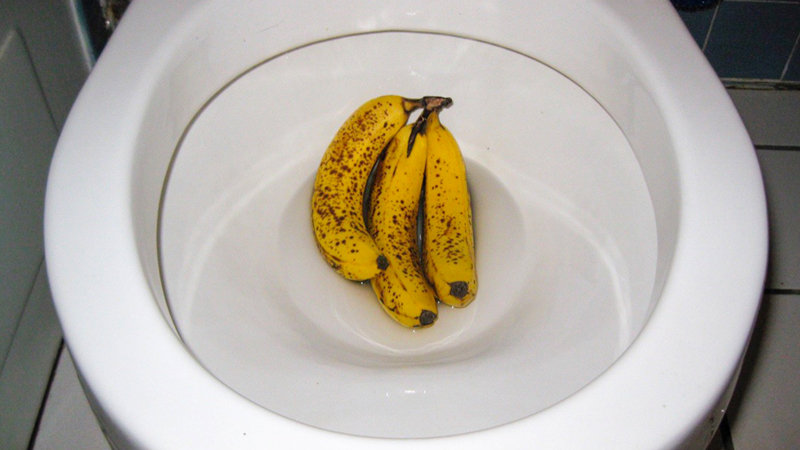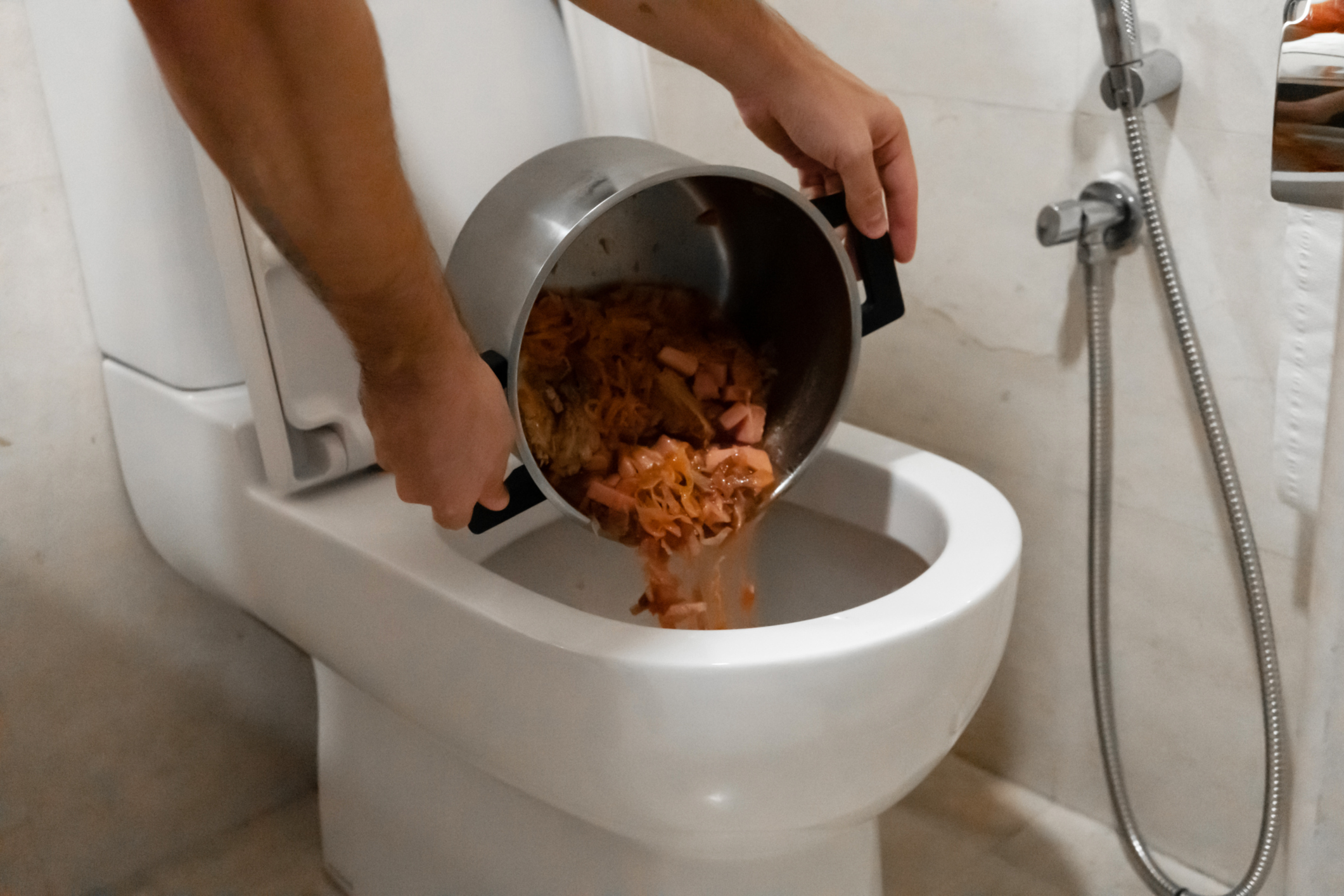Is it Acceptable to Flush Food in the Toilet?
Is it Acceptable to Flush Food in the Toilet?
Blog Article
Everyone has his or her own way of thinking with regards to Is it safe to flush food (especially rice) down the toilet?.

Intro
Lots of people are often faced with the issue of what to do with food waste, especially when it involves leftovers or scraps. One usual concern that develops is whether it's okay to flush food down the bathroom. In this short article, we'll explore the reasons people could consider purging food, the repercussions of doing so, and different methods for correct disposal.
Reasons individuals might think about purging food
Absence of understanding
Some individuals may not know the possible harm brought on by purging food down the bathroom. They may wrongly think that it's a harmless method.
Comfort
Flushing food down the commode may feel like a fast and very easy service to getting rid of unwanted scraps, particularly when there's no close-by garbage can offered.
Negligence
Sometimes, people may just pick to flush food out of large idleness, without considering the consequences of their activities.
Effects of flushing food down the bathroom
Environmental influence
Food waste that winds up in waterways can contribute to contamination and damage water ecosystems. In addition, the water utilized to flush food can stress water resources.
Plumbing issues
Purging food can result in blocked pipelines and drains, triggering pricey pipes repair services and hassles.
Types of food that ought to not be flushed
Fibrous foods
Foods with coarse textures such as celery or corn husks can obtain entangled in pipelines and create blockages.
Starchy foods
Starchy foods like pasta and rice can absorb water and swell, leading to blockages in pipelines.
Oils and fats
Greasy foods like bacon or food preparation oils should never ever be flushed down the bathroom as they can solidify and trigger blockages.
Correct disposal techniques for food waste
Making use of a waste disposal unit
For homes outfitted with garbage disposals, food scraps can be ground up and purged via the pipes system. Nonetheless, not all foods are suitable for disposal in this manner.
Recycling
Particular food packaging products can be recycled, decreasing waste and reducing environmental influence.
Composting
Composting is an environmentally friendly way to deal with food waste. Organic materials can be composted and utilized to enrich soil for horticulture.
The relevance of appropriate waste monitoring
Lowering environmental damage
Appropriate waste administration methods, such as composting and recycling, aid decrease pollution and preserve natural resources for future generations.
Shielding pipes systems
By staying clear of the technique of flushing food down the toilet, home owners can prevent costly plumbing fixings and keep the honesty of their plumbing systems.
Conclusion
In conclusion, while it may be alluring to purge food down the bathroom for comfort, it is necessary to understand the prospective consequences of this action. By taking on proper waste administration methods and getting rid of food waste properly, individuals can add to healthier plumbing systems and a cleaner atmosphere for all.
FLUSH FOOD DOWN THE TOILET?
FLUSHING FOOD CAN CAUSE BLOCKED DRAINS IN YOUR HOME
All of the plumbing fixtures in your home are connected to the same sewer pipe outside of your home. This outdoor sewer pipe is responsible for transporting all the wastewater from your home to the Council sewer mains. Even small pieces of food that go down the kitchen sink can cause problems for your sewer. It should therefore be obvious that flushing larger bits of food, such as meat, risks a clog in either the toilet itself or the sewer pipes. Flushing greasy food is even more problematic because oil coagulates when it cools, coating the interior lining of your pipes.
THE TOILET IS NOT A BIN
Food isn’t the only thing that people shouldn’t be flushing down the toilet. People use the toilet to dispose of all kinds of things such as tampons, makeup wipes, dental floss, kitty litter and even underwear. Water goes to great lengths to educate residents about the high costs and stress placed on wastewater treatment systems simply from people flushing the wrong stuff down the toilet. It costs taxpayers millions of dollars each year, and homeowners thousands in blocked drain repairs.
FLUSHING FOOD IS A WASTE OF WATER
Flushing food is a waste of our most precious resource - water. In June this year Level 1 water restrictions were introduced to protect water supply from drought conditions. Much of New South Wales continues to be affected by prolonged drought with recent figures revealing up to 97 per cent of the state remains in drought. Depending on whether you have a single or dual flush toilet, every single flush uses between five and 11 litres of water. In the current climate this is a huge amount of water to be wasting on flushing food that should be placed in the bin (or better yet, the compost).
https://www.jabplumbingsolutions.com.au/blog/can-you-flush-food-down-the-toilet

As a devoted person who reads on Think Twice Before Flushing Food Down Your Toilet, I think sharing that piece of content was really helpful. Enjoyed our write-up? Please share it. Help other people locate it. We appreciate reading our article about .
Click Report this page